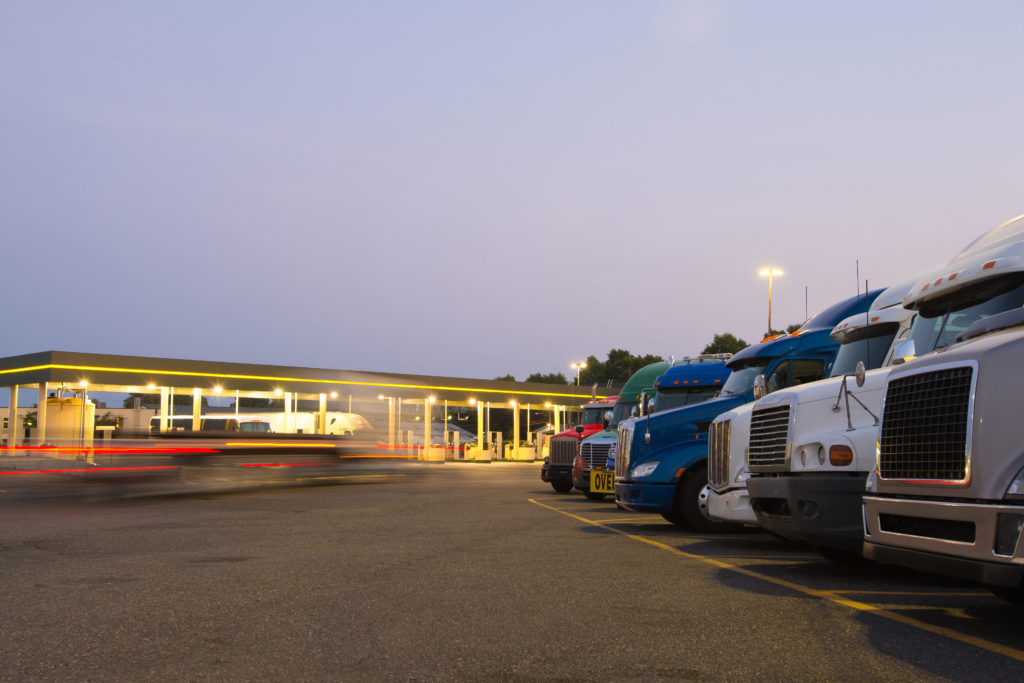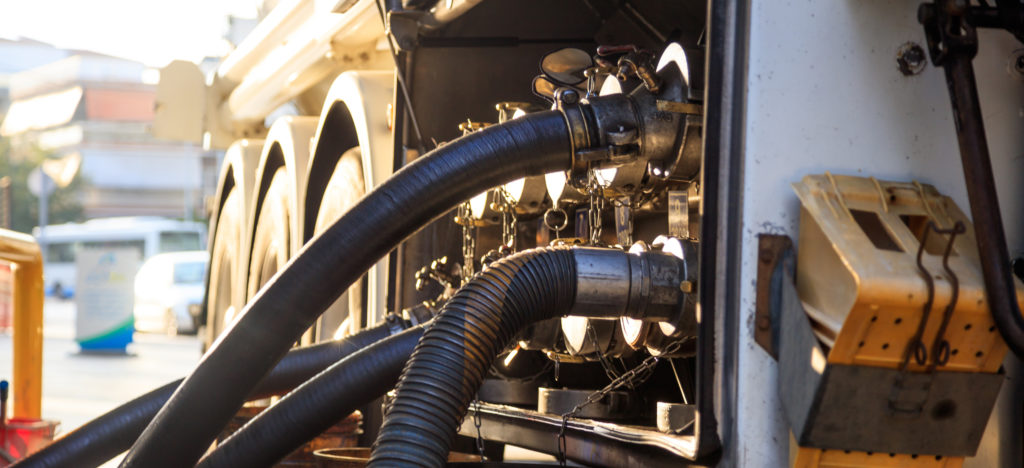
As reported last week, the Illinois General Assembly recently passed a capital bill that raised the Illinois fuel tax from 19 cents per gallon to 38 cents. Additionally, trucking companies were expected to be hit the hardest with the tax on diesel fuel increasing to 52 cents per gallon. Although the trucking industry was expected to see this as a hurdle to overcome, it appears that many in the industry are actually willing to pay the additional tax as it will hopefully result in a long-term increase in road safety; ensuring quicker deliveries for truck drivers.
Illinois has long had trouble maintaining its infrastructure due to a lack of available funding that could span multiple years-worth of projects; however, a recent report released by TRIP, a nonprofit research group that analyzes economic and technical data regarding transportation issues throughout the United States, has shed more light on why those in the trucking industry are actually willing to pay more for their fuel. For starters, TRIP’s report has found that due to the state’s crumbling roads and congested traffic, Illinois drivers are losing $18.3 billion in total, amounting to roughly $2,559 per driver. This number considers the “vehicle operating costs (VOC) as a result of driving on roads in need of repair, lost time and fuel due to congestion – related delays, and the costs of traffic crashes in which roadway features likely were a contributing factor.” As expected, the largest portion of the costs came from traffic congestion, resulting in a total of $8.5 billion, and had Chicago residents paying the highest amount with $1.5 billion in congestion costs. While the report proves what many Illinois residents have known for a long time, it does provide more insight into how rebuilding the state’s infrastructure will not only help with congestion on the roads, but it will also help limit crashes resulting from poor road safety.
Based on TRIP’s findings, 5,100 people were killed between 2013 and 2017 in Illinois crashes, resulting in a traffic fatality rate of 1.02 fatalities per 100 million vehicle miles of travel (vmt), falling below the national average of 1.16; however, this number drastically increases to 2.09 when accounting for rural non-interstate highways. Taking a quick look at these numbers and makes it clear that the State faces a critical issue that must be addressed before these statistics balloon and pose more of a threat to drivers on the road. This isn’t to say that all those in the industry are proponents of the new plan, but it has been made clear that if the roads are safer and less congested, truck drivers are then able to transport freight at a much quicker pace, ultimately saving on the overhead costs of fuel. Further alleviating the tax increase, is the new plan’s decision to get rid of the commercial distribution fee, which brought the state $56 million in 2018, yet did not pay for rebuilding the state’s poor infrastructure. All of these changes point to what many see as an expensive, yet necessary plan to ensure road safety.
Rural Roadways Face Greater Challenges
The ability to move freight to and from rural communities will also be a great benefit for truck drivers in the state. Based on TRIP’s findings from a similar study released in May of 2019, which reviewed transportation throughout “America’s Heartland,” rural communities throughout the United States have faced a much larger fatality rate due to the quality of roads. As mentioned, Illinois’ overall traffic fatality of rural non-Interstate routes was 2.09 fatalities per 100 million vehicle miles traveled. Several factors were acknowledged by TRIP as being responsible for the sharp increase, such as two-lane route roads, narrow lanes, and overall inconsistent design features.
Drivers in Illinois should expect to see infrastructure projects within the next few years that address driver safety in areas such as these which are in critical condition. For example, 2017 marked the introduction of “smart roads,” via the Jane Adams Tollway, which had the sole purpose of increasing driver safety through implementing electronic signs every half mile to properly inform drivers of upcoming accidents and other road safety messages. With the state on the brink of receiving such a large influx of funding towards these projects, it is no wonder that the trucking industry is excited about the changes to come. Safer roads lead to less crashes and traffic congestion, allowing for quicker deliveries, and what should result in a decrease in the number of fatalities the State experiences. We can hope that Illinois follows through with this plan and makes the roads a much safer place for all drivers.



